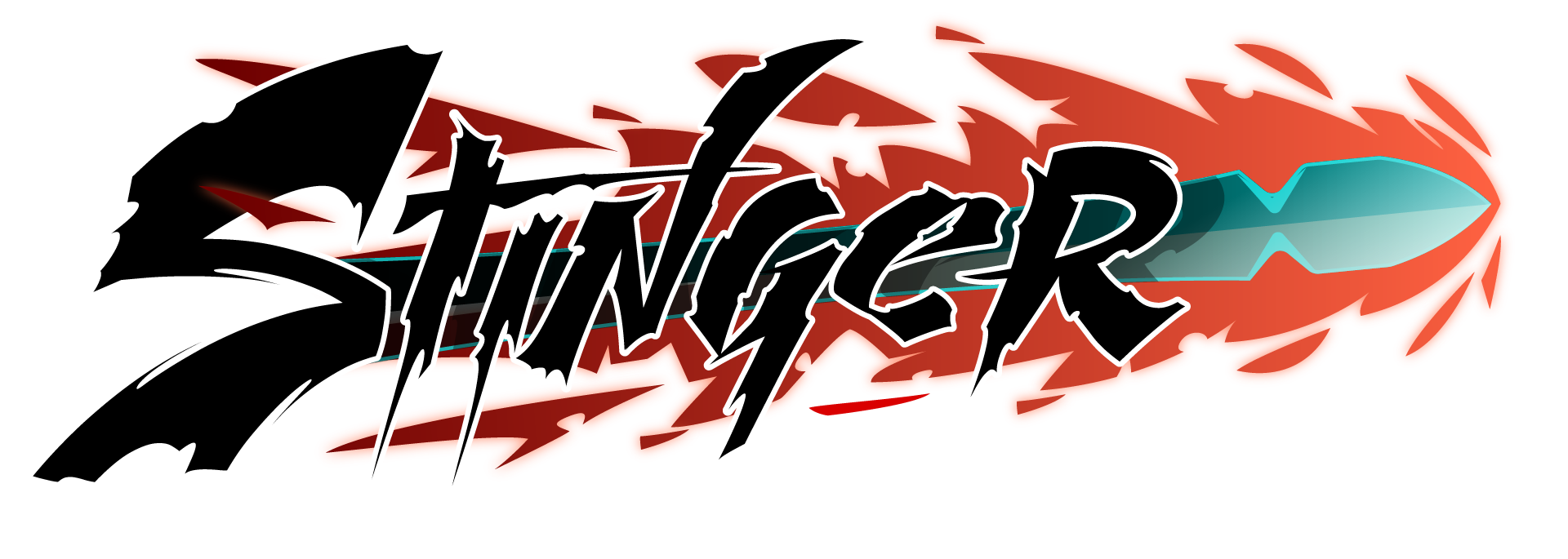Chain of Memories: Card-combat done right?
July 18, 2022
Type “Chain of Memories” into your favourite search engine and what do you see? Questions like “is its plot important”, “how many hours is it” and “can I skip Chain of Memories” are but the…
忍Kunoichi, eliminating the negatives?
May 12, 2022
Three hundred and sixty-four days. From the launch of 忍Shinobi on the Playstation 2 to the release of its sequel. This was the time allotted to the development team of Sega WOW to produce the…
Cinematic Action in Ryse: Son of Rome
December 20, 2021
At its inception, photography aimed to bring a unique image to bear. Yet, as the medium evolved, it started to work more towards emulating portrait painting; a method that had existed for centuries prior. While…
Devil May Cry: the long walked path
August 30, 2021
Imagine walking through an arcade-hall in the 80’s. The smell of cigarettes, strobing lights … and a game you’ve been playing every day after your daily routine has been lived. You know this game inside…
Zone of the Enders: will fame suffice?
February 17, 2021
When entering your favourite game store, you’re greeted by the past, present and future. Empty cases of upcoming games, new titles wrapped in plastic and older boxes hoping for a second chance at a discounted…
Quick Time Events in Action Games
October 14, 2020
MouseWheel Down to Read Article What you just did… is an experience gamers have gotten all too familiar with. One second you’ll be playing a game, only for it to temporarily stop and tell you…
Vanquish | Marriage Of Two Genres
August 10, 2020
Open any 90’s gaming magazine and your eyes immediately fall upon two words next to a review: “genre: Shooter”. As time passes, certain genres rise in popularity spawning one imitator after another until eventually settling…
P.N.03 | Mastery through Memorization
June 11, 2020
You tap your feet on the floor at a tight rhythm. Shots fire and bounce off the walls. An engine roars and you lift your leg up to the beat and snap your fingers. Nothing…

